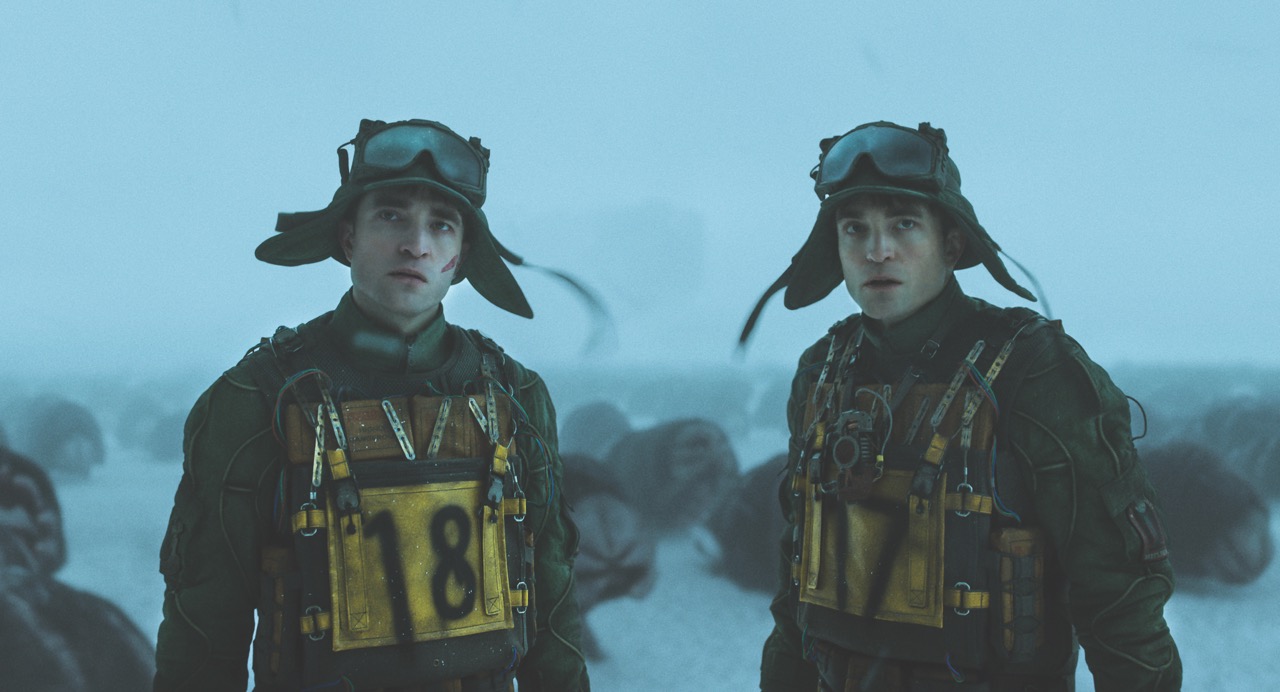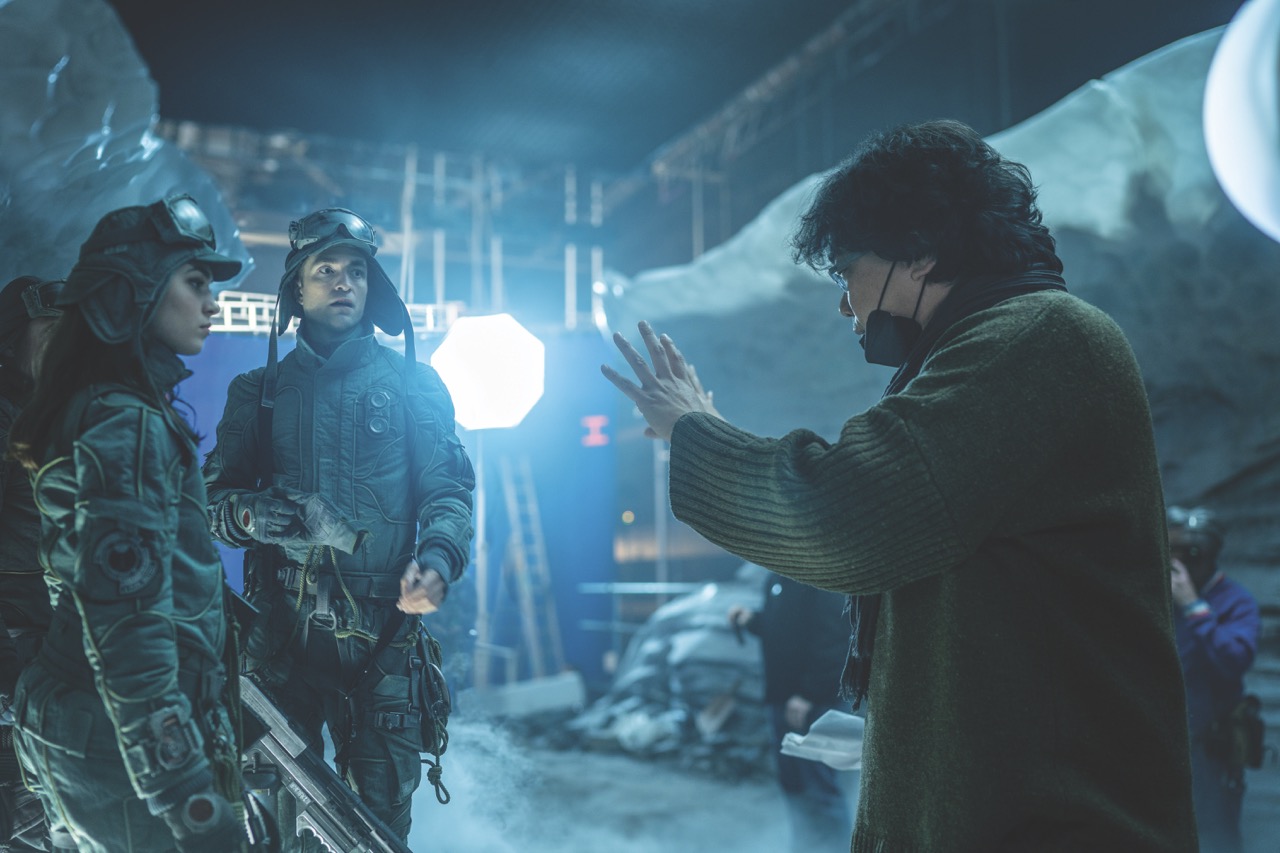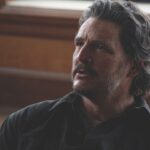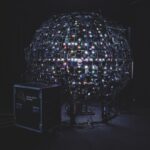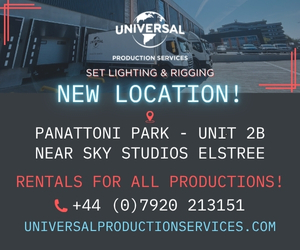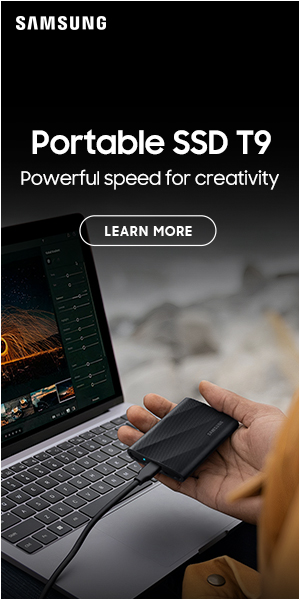
VFX breakdown – Mickey 17
Posted on May 30, 2025 by Admin
Game of clones
Chris McLaughlin and Robyn Luckham from DNEG discuss working on Bong Joon Ho’s Mickey 17
Words Phil Rhodes | Images Warner Bros
Mickey 17 is unusual: it’s a big-budget science-fiction film that’s not part of an established franchise. Adapted from Edward Ashton’s novel Mickey7, the film was directed by Bong Joon Ho, whose successes on films such as Parasite have earned him an enviable degree of creative authority.
That authority makes for unique and interesting films – but it also brings a consistency of approach that VFX-heavy projects don’t always enjoy. Chris McLaughlin was DNEG’s VFX supervisor on the film, generating the hordes of alien creatures in the snowbound landscape that characterises some of the film’s most memorable visuals. “Dan Glass, the production VFX supervisor, divided the work out to various vendors,” McLaughlin begins. “We chatted about the creatures, about our work and we were awarded just over 300 shots.”
McLaughlin was pleased to discover such well-laid creative foundations. “The director had already done some of the work with his creature designer, Jang Hee Chul, who he’d worked with previously. Bong has been featuring CG creatures for ten or 15 years. He’s super savvy; everyone was. He came to us with a pretty fully formed design for these creatures – concept art and even a 3D model – and we refined them. We got into the details of texture, skin, flesh, bone, mandible and we did just about everything that’s outside in the snow.”
Mickey 17 went before the cameras towards the end of 2022. “They shot our sequences in Cardington,” McLaughlin recalls. “This huge airship hangar, where we got a lot of height. The rest of it was at Leavesden, but they built the snow fields at Cardington. The ground was covered in Epsom salts, which looked pretty convincing. Instead of a blue-screen studio we had a white-screen studio, with 30ft white walls and a grid of SkyPanel softboxes overhead. We didn’t do any scenes that had hard sunlight, but we could weight the lighting to be a bit stronger and more yellow on one side, which made it much easier to integrate.”

A glance at the trailer hints at the sheer scale of the VFX workload, leaving animation director Robyn Luckham with a slate of work, including several huge crowd scenes. Even so, Luckham says, the vision of the man known as Director Bong was as consistent as it was far-reaching. “The idea at the start was massive. Normally, it increases by the end and gets insanely complex, but Director Bong started off complex.”
With the look of the creatures established, Luckham and his team were responsible for figuring out how they would move. “There are three types of creeper – the mothers, the general types and the babies, and they were supposed to swarm. We had to work out the characters and the acting. You initially look at them and think they look like cockroaches, but they had to run.”
Though alien, Luckham sought to ground the creatures in something closer to home. “We tried to find similar creatures. We found these large swarms of reindeer on National Geographic. We also looked a little at bear cubs – how they fight and wrestle. I drew a lot of inspiration from Studio Ghibli. There’s a creature called Catbus in My Neighbor Totoro that has 12 legs.”
Animating creatures of (apparent) flesh and blood remains a very manual process, shares Luckham. “There’s only so much you can do procedurally. Most of it is cycles of hand-keyed animation. My ambition for the crowd was that it would feel hand-keyed everywhere. We’d create masses of clips and cycles that we could give to the crowd team, and just add more variation into that.
“Initially,” Luckham continues, “we thought that the creepers circling the spaceship would be running around at a fairly constant speed. Later, we found the team wanted it to build up and create tension, so we had to do a walk, run, gallop and super gallop. It wasn’t just doing a run cycle and speeding it up. Each of these had to be defined by animation and hand keyed, then within that we had to do tons of variants, little jostles, jumps, all that hand keyed too.”
Meanwhile, the snowy environment demanded lots of computer time for procedural simulation – and animation changes often meant redoing that from scratch. “We had this falling snow, interactive snow on the ground, footprints, snow being kicked up by the movement of tyres and feet,” Luckham says. “It sticks on the hair of the creepers and Mickey’s costume.
“Since the animation is staged, we can have a crude representation that gets the acting points. Once the simulation gets started, it takes a long, long time to redo that animation. Things can grind to a halt if they put the wrong setting on a simulation, and suddenly 20 of your artists aren’t able to work.”
Even so, advances in the state of the art mean fewer concerns over render time, as McLaughlin points out. “There used to be conversations about some shot taking 15,000 hours of rendering and simulation. That conversation has died down. On our side, we have hundreds of artists, various render farms across the globe, stacks of drives in different locations. Just handling all that data is a difficult job that needs to be considered.”
Mickey 17’s VFX workload required DNEG to collaborate with Framestore, creating a few challenges of its own. High-end VFX companies often develop in-house tools to handle fundamental things like rigging and lighting, and as a result, McLaughlin says, “I’ve never been able to share an animation rig. Our rigging system is proprietary, so you can share the skeleton, but not the actual rig. Framestore has a completely proprietary lighting and shading system, but they can give us tons of info. They have their own fur render and simulation software.”
Ultimately, Bong’s ambitious alien creature crowd scenes would be realised by sheer combined effort. “We saw the storyboards at the start, and I thought, ‘how the hell are we going to do that without having a thousand million animators?’,” Luckham recalls. “There was nothing we could do with motion capture. There’s 12 or 16 legs each side, mandibles on the face, a body, tongue and tail, and that’s just one – you’re animating ten or 20. We talk about the shot count being 300, but the intensity could create ten times the amount of work in one shot. We pulled it off anyway. It was staggering.”
“Director Bong loves detail in the characters,” Luckham says. “You watch it again and again, and you’ll see things you missed before – little bumps and looks. One shot I’m proud of is where a mother creeper comes to Mickey at the end and sheds loads of creatures. Bong would watch some of these scenes we’d created and giggle to himself! The more you watch, the more you see.”
That sort of attention to detail, though, requires the sort of coolheaded maintenance of purpose that McLaughlin suggests can only come from the top. “It’s working with a good director who has an idea, which doesn’t change too much. A director who has the final cut, without producers meddling and making things different. On this film it was pretty clear from the beginning what he was after, and that idea stayed true to the end.”
Scanned & delivered
Much of the VFX workload on Mickey 17 relied heavily on 3D scanning work by Clear Angle Studios. Lead capture technician Alex Dewar worked with capture specialist Alex Walklate and senior capture technician Liam Edgeworth to scan people and objects. “Most of our scanning was done using our full-body trailer rig and prop rigs,” Edgeworth states. “Most were pretty straightforward, although there were a couple of things we had to do manually – such as the clone printer that Mickey’s printed out on. For a couple of costumes, we had to open the rig up a bit wider, like the dude in a pigeon suit!”
With much of the action taking place aboard a spacecraft, LiDAR scanning was used to capture environments. Capture specialist Ross Martin describes those sets as “of the highest quality in build and dressing. To scan and photograph them was a pleasure. Most of the heavy VFX work came when filming the exterior spaceship scenes and, of course, all the deaths of poor Mickey. As Robert Pattinson is playing two characters, the time filming on each set was doubled.
“Everyone trusted Director Bong’s vision, and he was heavily involved in the filming process for every scene, which made the film feel really special,” Martin reflects, “like we were all building up this dream.” For himself, Dewar echoes the thoughts of several other crew members: “It was one of the nicest cast and crew groups I’ve worked with, there was this really friendly feel on-set.”
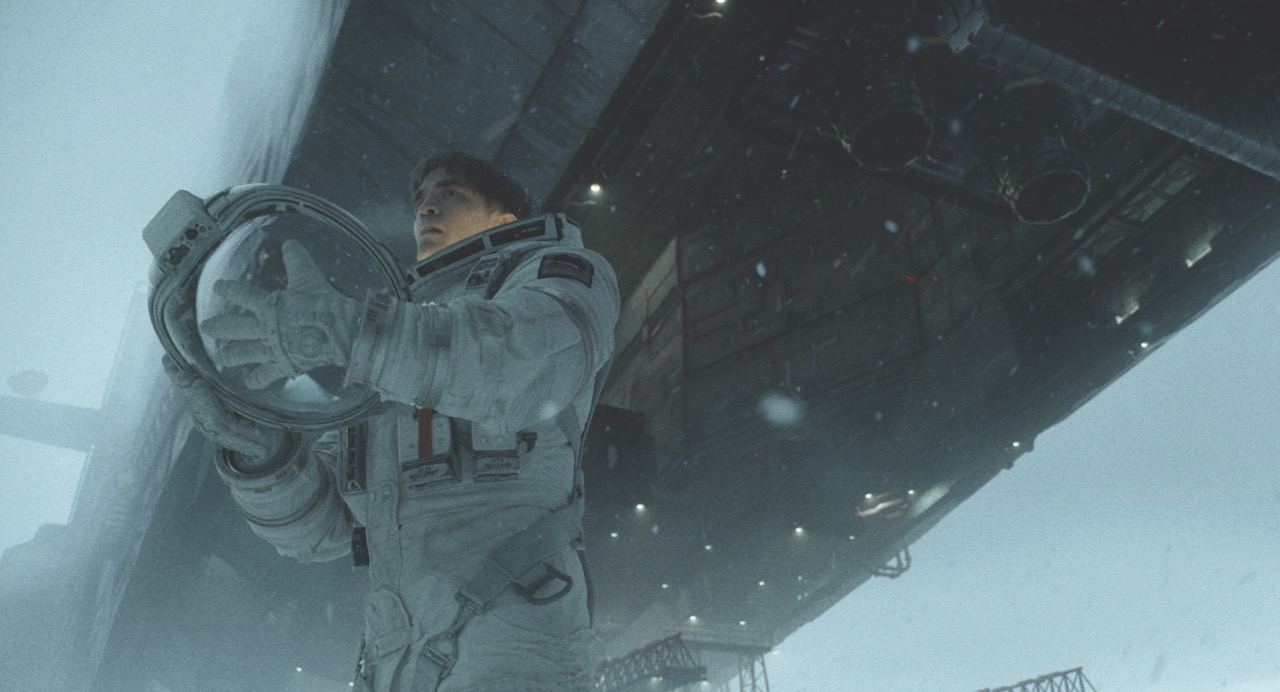
Check out the VFX breakdown of The Monkey.
This story appears in the May/June 2025 issue of Definition


